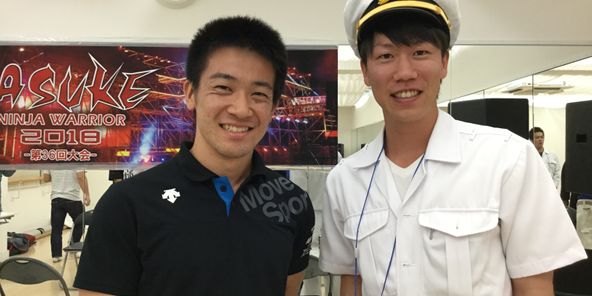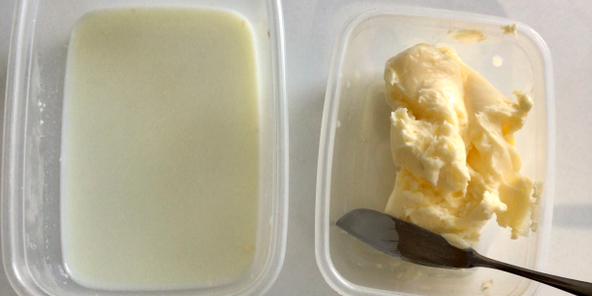


【第6問】
次の文章を読み、下の問い(A・B)に答えよ。なお、文章の左にある(1)~(6)はパラグラフ(段落)の番号を表している。(配点 30) (現記事 スマホ版センター試験)
(1) From quiet paths by a stream in a forest to busy roads running through a city, people have created various forms of routes in different places. These now exist all around us, and their use is imperative for societies. These routes have enabled people to move, transport things, and send information from one place to another quickly and safely. Throughout history, they have been important in our daily lives.
(2) Early routes were often formed naturally on land. They gradually developed over long periods of time while people traveled them on foot or horseback. A significant turning point in their history arrived when the first wheeled carts appeared in ancient times. Once this happened, people recognized the importance of well-maintained routes. Therefore, towns, cities, and entire countries improved them in order to prosper. As a result, life became more convenient, communities grew, economies evolved, and cultures expanded. The importance of land routes increased further, especially after the appearance of automobiles.
(3) People have established routes on water, too. Rivers and canals have served as effective routes for people to move around and carry things. For instance, in the old Japanese city of Edo, water routes were used for the transportation of agricultural products, seafood, and wood, which supported the city's life and economy. People have also opened routes across the sea. The seaways, which developed based on winds, waves, water depths, and coastline geography, were critical for the navigation of ships, particularly in the days when they moved mainly by wind power. Using these sea routes, people could travel great distances and go to places they had not previously been able to reach. A number of important sea routes emerged, leading to the exchange of natural resources, products, and ideas. This, in turn, helped cities and towns thrive.
(4) People have gone on to open routes in the sky as well. Since the invention of the airplane, these routes have made it possible for people to travel long distances easily. They found the best routes by considering conditions such as winds and air currents. Eventually, people became able to travel safely and comfortably high in the sky, and going vast distances only took a small amount of time. In fact, people used to need more than one month to travel to Europe from Japan by ship, whereas today they can travel between them in a single day by airplane. Owing to the establishment of these sky routes, a great number of people now travel around the world for sightseeing, visiting friends, and doing business.
(5) Today, we have a new type of route, the Internet, which specializes in the electronic exchange of information. By using this worldwide route, people can easily obtain information that once was available mainly from books and face-to-face communication. They can also instantly send messages to large numbers of people all at once. According to one study, more than 3.5 billion people, which is about half of the global population, have access to this electronic route today. As technology advances, more and more people will take advantage of this route to gather information and communicate.
(6) As long as there have been people, there have been routes to connect them. These have contributed not only to the movement of people, things, and information, but also to the development of our communities, economies, and cultures. Routes have played significant roles in the development and prosperity of humankind. Currently unknown routes will surely take us even further in the future.
A 次の問い(問1~5)の[マーク46]~[マーク50]に入れるのに最も適当なものを、それぞれ下の①~④のうちから一つずつ選べ。
問1 Which of the following is closest to the meaning of the underlined word imperative in paragraph(1)? [マーク46]
① accidental
② essential
③ industrial
④ traditional
問2 According to paragraph(2), which of the following statements is true? [マーク47]
① Early routes were created by people who traveled by wheeled carts.
② People's first routes on land followed the growth of towns and cities.
③ The development of land routes led to progress in many areas of society.
④ The improvement of routes resulted in the invention of the automobile.
問3 Why is the example of Edo introduced in paragraph (3)? [マーク48]
① To describe the difficulty of creating routes on the water
② To emphasize the fact that it was an important city
③ To explain the use of water routes to move along the coastlines
④ To illustrate the important roles of water routes for cities
問4 What does paragraph(5)tell us about routes? [マーク49]
① Routes can be thought of as existing invisibly in the world.
② Routes that move information can be regarded as dangerous.
③ The fundamental functions of routes are declining.
④ The importance of different kinds of routes is the same.
問5 What is the main point of this article? [マーク50]
① Humankind first created various types of convenient routes on land.
② Improvements in transportation have come at great cost.
③ Technology has interfered with opening up routes around the world.
④ The advancement of humanity was aided by the development of routes.
B 次の表は、本文のパラグラフ(段落)の構成と内容をまとめたものである。[マーク51]~[マーク54]に入れるのに最も適当なものを,下の①~④のうちから一つずつ選び、表を完成させよ。ただし、同じものを繰り返し選んではいけない。

センター2019 第6問 パラグラフ(段落)の構成
① Creation of roads used by people, animals, and vehicles
② Developing ways for people to fly from place to place
③ Establishment of global paths for information transfer
④ Opening of lanes for ships to travel and transport things
【第6問 解答】
[マーク46] ②
[マーク47] ③
[マーク48] ④
[マーク49] ①
[マーク50] ④
[マーク51] ①
[マーク52] ④
[マーク53] ②
[マーク54] ③
【第6問 解説】
パラグラフごとの内容真偽と要約を選択する問題
解法
①パラグラフの構成と内容をまとめた表を完成させるBの設問を最初に解く(それによって文章全体の流れをつかむことができる)。
②その後にパラグラフごとの内容真偽問題に取り組むがここでも消去法を徹底すること。
ひと工夫!(難関私立大や国公立大学の和訳問題でも応用可能)
問1の下線部が引かれた語の同意語句を選択する問題)は、選択肢を代入してパラグラフ内で前後の文とのつながりが不自然にならないものを探す。同パラグラフ内で類似の表現が繰り返されていることが多いので、選択肢で与えられた語句の中の語(今年の場合は、accidental, essential, industrial, traditional)と似た意味の語が前後の文に含まれていないかも確認すると正解を見つけやすくなる。全訳の※を参照のこと。
投稿者の人気記事




わら人形を釘で打ち呪う 丑の刻参りは今も存在するのか? 京都最恐の貴船神社奥宮を調べた

17万円のPCでTwitterやってるのはもったいないのでETHマイニングを始めた話

Bitcoin史 〜0.00076ドルから6万ドルへの歩み〜

SASUKEオーディションに出た時の話

機械学習を体験してみよう!(難易度低)

約2年間ブロックチェ-ンゲームをして

テレビ番組で登録商標が「言えない」のか考察してみる

警察官が一人で戦ったらどのくらいの強さなの?『柔道編』 【元警察官が本音で回答】

オランダ人が語る大麻大国のオランダ

バターをつくってみた

NFT解体新書・デジタルデータをNFTで販売するときのすべて【実証実験・共有レポート】
